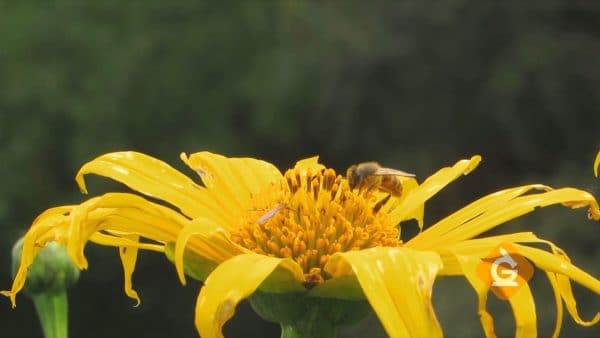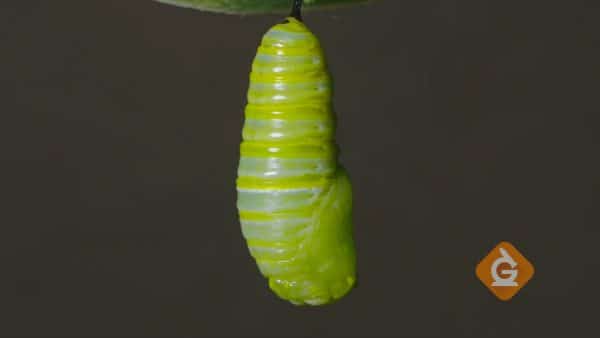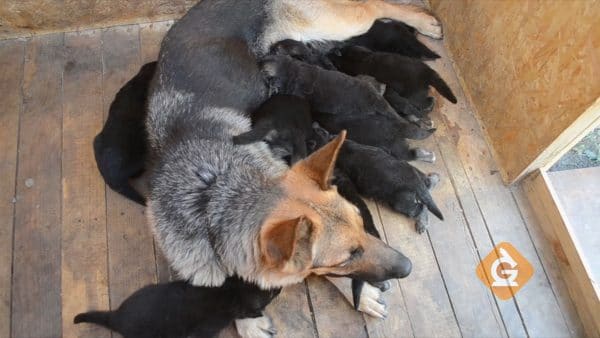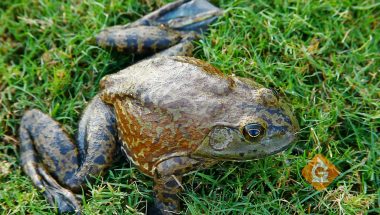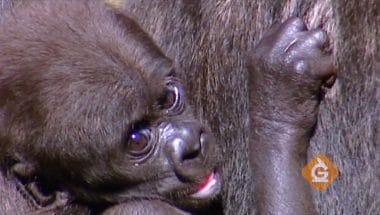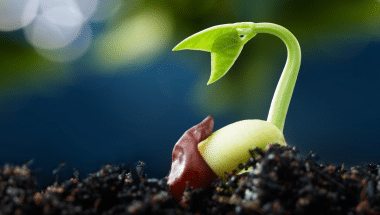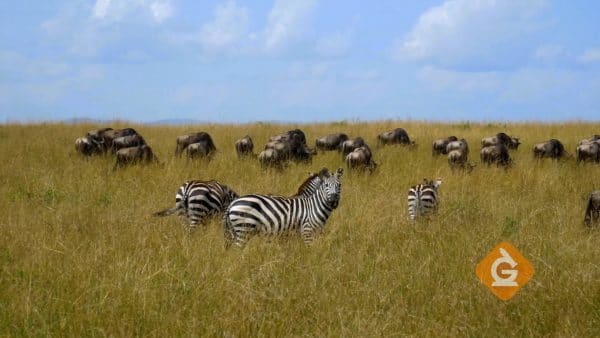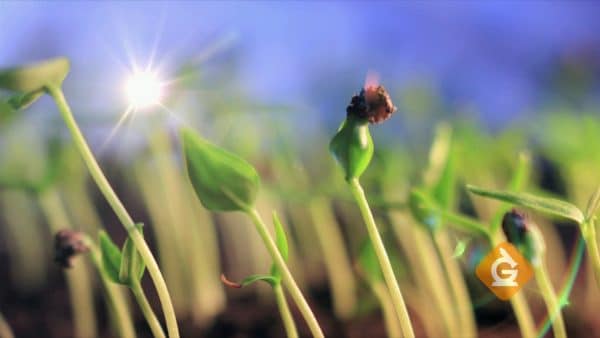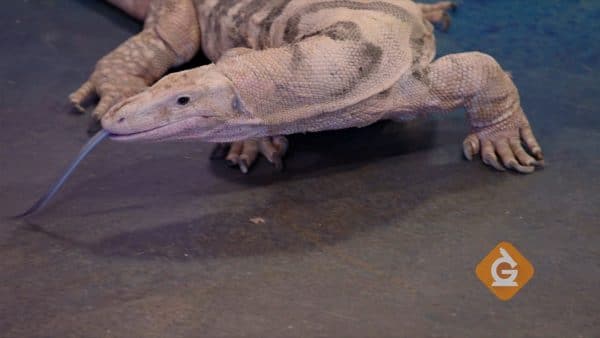African bullfrogs lay eggs which turn into tadpoles. Tadpoles will develop legs and lungs so they can live on land as adult frogs. This is a major step in the frog’s life cycle.
Plant & Animal Life Cycles: A life cycle shows how living things grow and change over time.
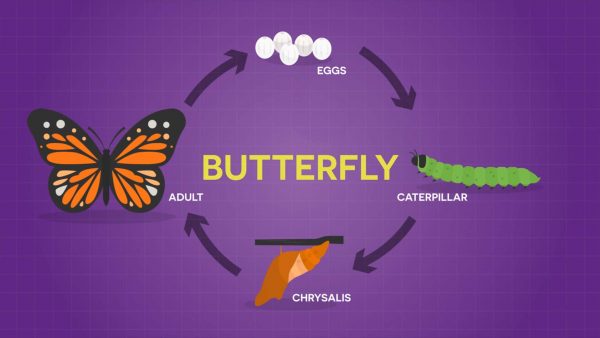
All plants and animals go through life cycles. Just think about all the growing and changing human children do as they grow up. Children grow in height and get heavier until they reach adulthood. Children also change as their body matures.
If you have a pet, you have probably watched parts of your pet’s life cycle. They are born as puppies that depend on their mothers for food and care. Between six to 18 months, puppies become adolescent dogs, with lots of energy and playfulness. After about 3 years, dogs become adults and are ready to find a mate and make more puppies. When dogs are between six and ten years old, they enter the senior stage. They like to rest more and sometimes their snouts turn gray. At the end of their senior stage, a dog’s life cycle comes to an end. But that’s okay because the cycle will start all over again with new puppies.

